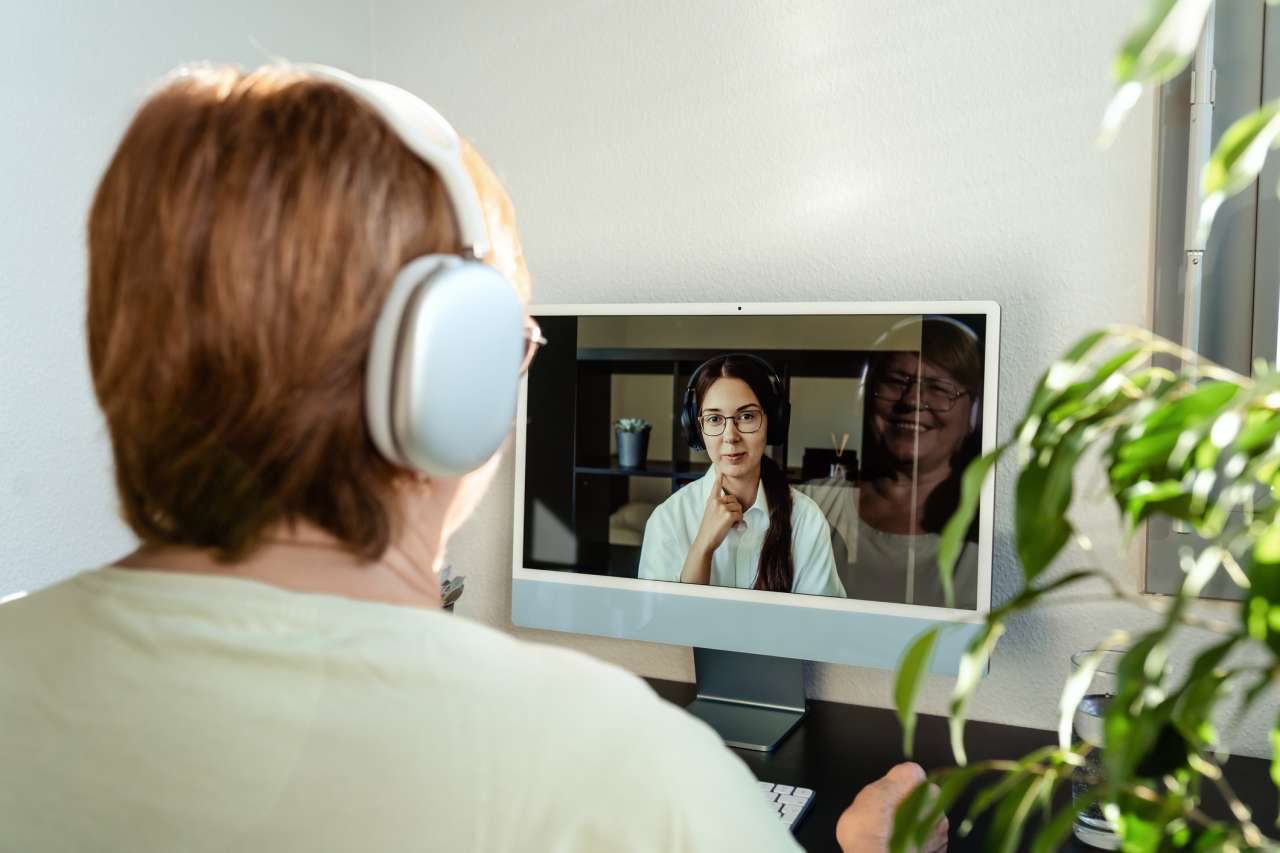Elderly vs. Technology: Giving Remotely IT Support
While COVID-19 ravaged the world in 2021 and 2022, many realized that providing IT support to friends and relatives without being physically present could be challenging.
The option to drive over and address any questions and concerns was not as easy. The elderly might have built this great country, but they also are the demographic who struggle the most with new technology. And even if you get them up to speed, tech trends change often.
Thanksgiving is just around the corner, and we’ve compiled a list of helpful tips for seniors that could help you bond over meaningful conversations during the long holiday weekend instead of ruining the holiday by spending your time straightening minor IT wrinkles on the often-dated devices of your not-so-tech-savvy relatives.
Ensure direct access
Arguably, the best way to troubleshoot a smartphone or a tablet is if you can connect directly and navigate the device remotely. Many solutions, such as TeamViewer and LogMeIn, allow you to take control of a device and help the individual resolve any tech difficulties.
Once set up, you won’t have to drive for an hour to help your boomer dad clear up a notification from his smartphone.
Facetime chat
Don’t forget the existence of live video. Unless you are starting from scratch, facetiming your loved ones could be a solution. Facetime is one of many options, as users can use Messages and even X (formerly known as Twitter), which just rolled out an audio and video calling feature.
Calling live and going through troubleshooting steps could save you some money on gas. Having a device with the same OS handy makes assisting seniors with tech difficulties even easier.
Store classes
Remember that you don’t have to know and do it all. Tech shops owned by major wireless carriers such as ATT, T-Mobile, or Apple/Microsoft stores often offer free classes for people eager to navigate consumer electronics.
They use those classes also to sell their products and solutions, so prepare your senior not to jump on every product pitched by the salesperson-in-disguise conducting the class.
Protection
IT hiccups on consumer devices are sometimes caused by scammers. If the device is slower than usual or behaves abnormally, quite often, the reason is not a user error but a malicious code causing trouble in the background.
Ensuring your loved ones have installed anti-virus software is a great way to help them have fewer questions for you and browse safely. High-end consumer cyber security protection packages often come in many languages and alert seniors not to click on harmful links.
Necessary apps and amendments
Apart from having cyber security on any smartphone or tablet older people use, a few other tricks could help them enjoy their smart devices. Organizing the apps, adjusting the text size, and helping them sort out the ‘favorites’ section in the contacts list (including people but also emergency numbers) are just a few things that could benefit older users.
It is a fact that a retired powerplant operator with decades of experience could struggle to navigate simple apps like Messages.
Such cases are sometimes amusing for youngsters as it is hard to believe that a senior or older employer who likely makes five times their salary needs education on adding an attachment to an email.
However, we must remember that boomers and many Gen X folks grew up at times with minimal technology. Internet became mainstream in the very late 20th century, and some seniors never had to use smart devices during their careers.
